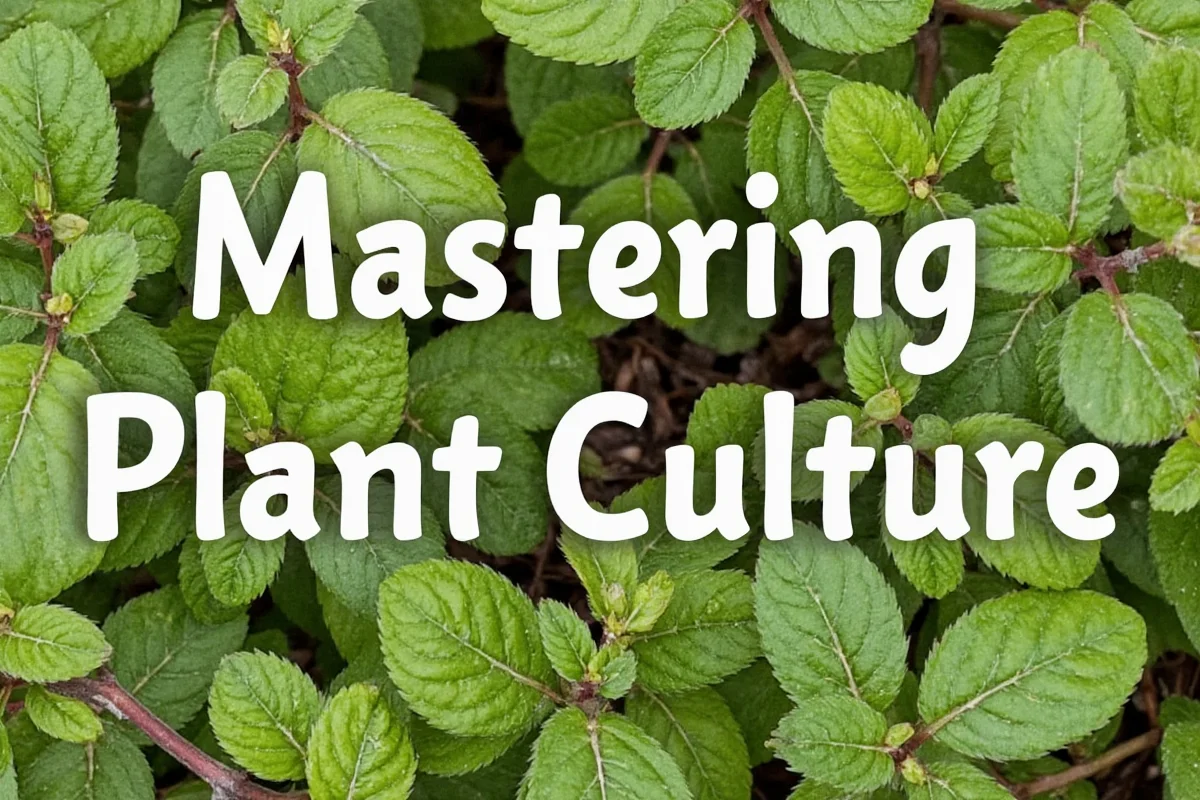Caring for cacti can be a rewarding experience for both novice and seasoned gardeners. These hardy plants are not only aesthetically pleasing but also relatively low-maintenance, making them ideal for indoor and outdoor gardens. This guide will introduce different aspects of cactus care by covering various types, watering methods, soil and fertilizer needs, light requirements, and common issues with solutions. Whether you're an experienced plant culture scholar or a gardening enthusiast, this comprehensive guide will provide valuable insights into growing healthy and thriving cacti.
Cactus Types
- Desert Cacti: Desert cacti are resident to arid environments, characterized by spines or hairy surfaces. Famous desert cacti include the Saguaro and Barrel cacti.
- Forest Cacti: Unlike their desert counterparts, forest cacti flourish in tropical and subtropical settings. They are typically epiphytic, growing on trees with vibrant blooms. Examples include the Christmas and Easter cacti.
- Hybrid Cacti: These are cultivated varieties often bred for specific traits such as color, growth patterns, or ease of care. They may combine characteristics of different species.
Choosing the right type of cactus depends largely on your environment and personal preference. Desert cacti are more suited to bright, dry conditions, while forest cacti thrive in indirect light with more humidity. Each type has specific care requirements to ensure optimal growth.
Watering Techniques
- Desert Cacti: Water infrequently, allowing the soil to dry completely between waterings.
- Forest Cacti: Require more frequent watering, as their natural habitat tends to be humid.
- Indicators of Overwatering: Yellowing, wilting, or mushy stems can signify excess water.
The frequency and amount of water depend significantly on the type of cactus and environmental factors like temperature and light. Watering should mimic their natural habitat—less for desert cacti and more for forest cacti. Always ensure proper drainage to prevent root rot.
Soil and Fertilization
- Soil Type: Use fast-draining potting mix, ideally with added sand or gravel.
- Fertilization: Apply balanced, diluted cactus fertilizer during active growing seasons, usually spring and summer.
- Pot Considerations: Choose pots with adequate drainage holes to support excess water flow.
Not all potting soils are suitable for cacti. A specialized cactus mix is recommended, aiding in drainage and nutrient supply. Fertilization is best during the growth periods at minimal doses to support plant health without overwhelming their natural survival capabilities.
Light and Temperature Requirements
- Light Needs: Cacti generally prefer bright, indirect sunlight. Adapt accordingly in different seasons.
- Temperature Tolerance: While cacti can withstand temperature extremes, most do not favor consistent cold.
- Placement Advice: Position them near windows with sun exposure, but avoid intense afternoon rays.
Cacti are sun-loving plants, with most varieties requiring ample light to thrive. Desert cacti handle direct sunlight but should be protected from scorching rays. Forest types do best in indirect light. Be cognizant of seasonal changes and adjust placement accordingly.
Common Problems and Solutions
- Pests: Regularly check for pests like mealybugs and spider mites. Use insecticidal soap if necessary.
- Disease Prevention: Root rot, often due to overwatering, can be avoided with proper drainage and drying procedures.
- Growth Issues: Leggy growth may indicate insufficient light, requiring repositioning.
While resilient, cacti are not immune to problems such as pests, diseases, or improper growth. Prompt attention to such issues with appropriate measures can ensure a healthy cactus life cycle. Regular monitoring and proactive care are key.
| Cactus Type | Watering Frequency | Light Requirement | Fertilization |
|---|---|---|---|
| Desert Cacti | Rarely | Direct sunlight | Minimal |
| Forest Cacti | Frequently | Indirect light | Moderate |
Cacti are fascinating plants that offer a unique blend of simplicity and complexity in care. Understanding the distinct characteristics and requirements of each type allows for a more tailored approach. This guide serves as a foundational perspective, encouraging you to explore and cultivate these resilient yet beautiful plants further. Keep learning, and you will find growing cacti a delightful and enriching endeavor.











 浙公网安备
33010002000092号
浙公网安备
33010002000092号 浙B2-20120091-4
浙B2-20120091-4